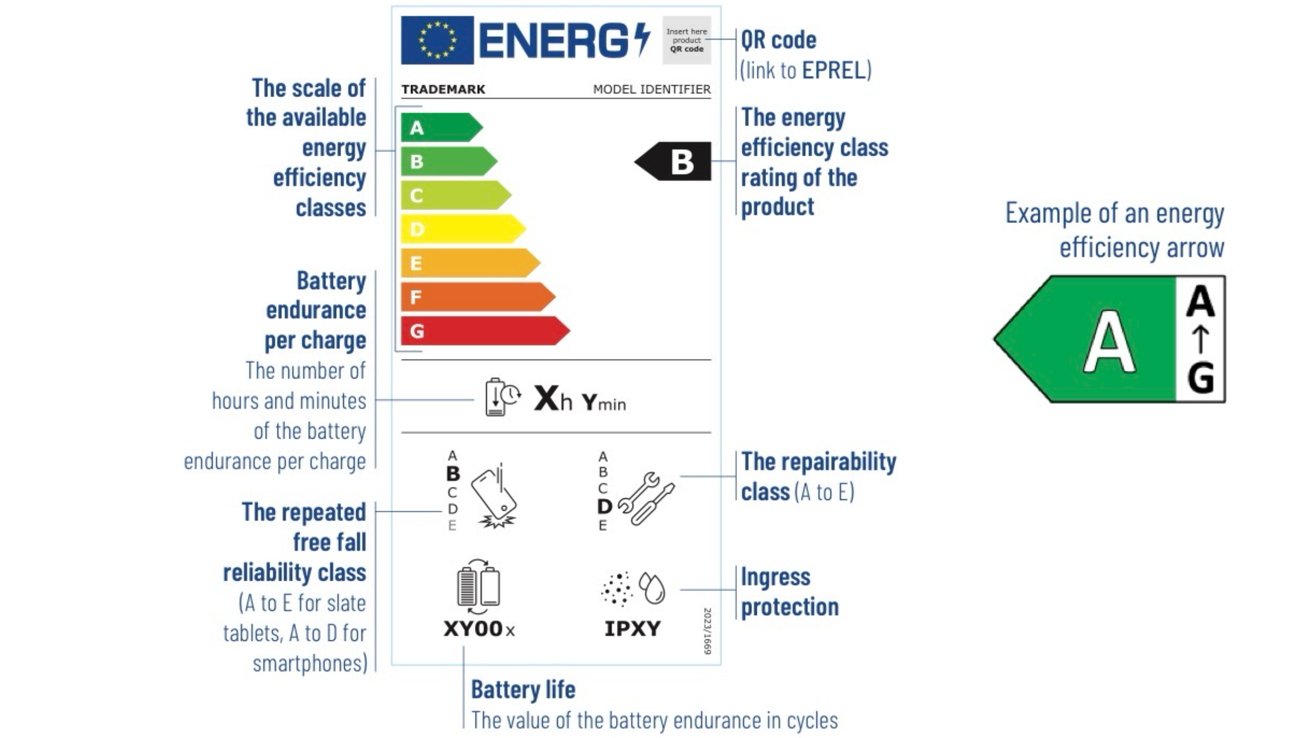What is git tags ? How to Use Git Tags (Create, List, Push & Delete) — Ariful Haque Sajib
Learn Git tagging essentials with this step-by-step guide by Ariful Haque Sajib. Understand what Git tags are, why they’re useful, the types of tags (lightweight & annotated), and how to create, list, delete, and push tags efficiently. Perfect for developers mastering Git version control! Git tags are a powerful feature that allow you to mark specific points in your repository’s history as important, typically used for release points (v1.0, v2.0, etc.). Here’s everything you need to know about Git tags. What are Git Tags? Tags are references to specific points in Git history. Unlike branches, tags are immutable — once created, they don’t move as you add new commits. They’re commonly used to: Mark release versions (v1.0.0, v2.1.3) Create stable points to refer back to Provide meaningful names to specific commits Types of Tags There are two types of Git tags: Lightweight tags: Just a pointer to a specific commit Annotated tags: Store additional metadata (tagger name, email, date, message) Why Use Tags? Version control: Clearly mark release versions Documentation: Annotated tags can include release notes Deployment: Easily deploy specific versions Reference: Quickly checkout important points in history Useful Git Tag Commands Creating Tags # Create a lightweight tag git tag v1.0.0 # Create an annotated tag (recommended for releases) git tag -a v1.0.0 -m "Version 1.0.0 release" # Tag a specific commit git tag -a v1.0.0 abc1234 -m "Version 1.0.0" Listing Tags # List all tags git tag # List tags with pattern matching git tag -l "v1.*" # Show tag details git show v1.0.0 Pushing Tags # Push a specific tag to remote git push origin v1.0.0 # Push all tags to remote git push origin --tags Checking out Tags # Checkout a tag (creates detached HEAD state) git checkout v1.0.0 # Create a branch from a tag git checkout -b version1 v1.0.0 Deleting Tags # Delete local tag git tag -d v1.0.0 # Delete remote tag git push origin --delete v1.0.0 Advanced Usage # Sign a tag with GPG git tag -s v1.0.0 -m "Signed version 1.0.0" # Verify a signed tag git tag -v v1.0.0 # List tags with creation dates git for-each-ref --sort=-taggerdate --format '%(refname:short) %(taggerdate:short)' refs/tag Git Tag vs Branch: Key Differences Understanding the distinction between tags and branches is essential for effective Git workflow management. Here’s a detailed comparison: *Example: * Conclusion Git tags are powerful tools for marking important points in your project’s history. Use annotated tags for releases, follow consistent naming conventions, and integrate them into your development workflow. They provide clear reference points for versions, enable easy rollbacks, and improve team collaboration around releases. Remember: Tags are immutable references that help organize your project’s timeline and facilitate better version management. I’m Md Ariful Haque Sajib, a Software Engineer

Learn Git tagging essentials with this step-by-step guide by Ariful Haque Sajib. Understand what Git tags are, why they’re useful, the types of tags (lightweight & annotated), and how to create, list, delete, and push tags efficiently. Perfect for developers mastering Git version control!
Git tags are a powerful feature that allow you to mark specific points in your repository’s history as important, typically used for release points (v1.0, v2.0, etc.). Here’s everything you need to know about Git tags.
What are Git Tags?
Tags are references to specific points in Git history. Unlike branches, tags are immutable — once created, they don’t move as you add new commits. They’re commonly used to:
- Mark release versions (v1.0.0, v2.1.3)
- Create stable points to refer back to
- Provide meaningful names to specific commits
Types of Tags
There are two types of Git tags:
- Lightweight tags: Just a pointer to a specific commit
- Annotated tags: Store additional metadata (tagger name, email, date, message)
Why Use Tags?
Version control: Clearly mark release versions
Documentation: Annotated tags can include release notes
Deployment: Easily deploy specific versions
Reference: Quickly checkout important points in history
Useful Git Tag Commands
Creating Tags
# Create a lightweight tag
git tag v1.0.0
# Create an annotated tag (recommended for releases)
git tag -a v1.0.0 -m "Version 1.0.0 release"
# Tag a specific commit
git tag -a v1.0.0 abc1234 -m "Version 1.0.0"
Listing Tags
# List all tags
git tag
# List tags with pattern matching
git tag -l "v1.*"
# Show tag details
git show v1.0.0
Pushing Tags
# Push a specific tag to remote
git push origin v1.0.0
# Push all tags to remote
git push origin --tags
Checking out Tags
# Checkout a tag (creates detached HEAD state)
git checkout v1.0.0
# Create a branch from a tag
git checkout -b version1 v1.0.0
Deleting Tags
# Delete local tag
git tag -d v1.0.0
# Delete remote tag
git push origin --delete v1.0.0
Advanced Usage
# Sign a tag with GPG
git tag -s v1.0.0 -m "Signed version 1.0.0"
# Verify a signed tag
git tag -v v1.0.0
# List tags with creation dates
git for-each-ref --sort=-taggerdate --format '%(refname:short) %(taggerdate:short)' refs/tag
Git Tag vs Branch: Key Differences
Understanding the distinction between tags and branches is essential for effective Git workflow management. Here’s a detailed comparison:
*Example: *
Conclusion
Git tags are powerful tools for marking important points in your project’s history. Use annotated tags for releases, follow consistent naming conventions, and integrate them into your development workflow. They provide clear reference points for versions, enable easy rollbacks, and improve team collaboration around releases.
Remember: Tags are immutable references that help organize your project’s timeline and facilitate better version management.
I’m Md Ariful Haque Sajib, a Software Engineer














































































































































































![[The AI Show Episode 154]: AI Answers: The Future of AI Agents at Work, Building an AI Roadmap, Choosing the Right Tools, & Responsible AI Use](https://www.marketingaiinstitute.com/hubfs/ep%20154%20cover.png)
![[The AI Show Episode 153]: OpenAI Releases o3-Pro, Disney Sues Midjourney, Altman: “Gentle Singularity” Is Here, AI and Jobs & News Sites Getting Crushed by AI Search](https://www.marketingaiinstitute.com/hubfs/ep%20153%20cover.png)





















































































































![[FREE EBOOKS] The Chief AI Officer’s Handbook, Natural Language Processing with Python & Four More Best Selling Titles](https://www.javacodegeeks.com/wp-content/uploads/2012/12/jcg-logo.jpg)









































































![GrandChase tier list of the best characters available [June 2025]](https://media.pocketgamer.com/artwork/na-33057-1637756796/grandchase-ios-android-3rd-anniversary.jpg?#)




































































_Frank_Peters_Alamy.jpg?width=1280&auto=webp&quality=80&disable=upscale#)































































































![Apple tells students ‘how to convince your parents to get you a Mac’ [Update: Removed]](https://i0.wp.com/9to5mac.com/wp-content/uploads/sites/6/2025/06/screenshot-2025-06-20-at-09.14.21.jpg?resize=1200%2C628&quality=82&strip=all&ssl=1)











![Apple Weighs Acquisition of AI Startup Perplexity in Internal Talks [Report]](https://www.iclarified.com/images/news/97674/97674/97674-640.jpg)
![Oakley and Meta Launch Smart Glasses for Athletes With AI, 3K Camera, More [Video]](https://www.iclarified.com/images/news/97665/97665/97665-640.jpg)

![How to Get Your Parents to Buy You a Mac, According to Apple [Video]](https://www.iclarified.com/images/news/97671/97671/97671-640.jpg)




















![New accessibility settings announced for Steam Big Picture Mode and SteamOS [Beta]](https://www.ghacks.net/wp-content/uploads/2025/06/New-accessibility-settings-announced-for-Steam-Big-Picture-Mode-and-SteamOS.jpg)



















































